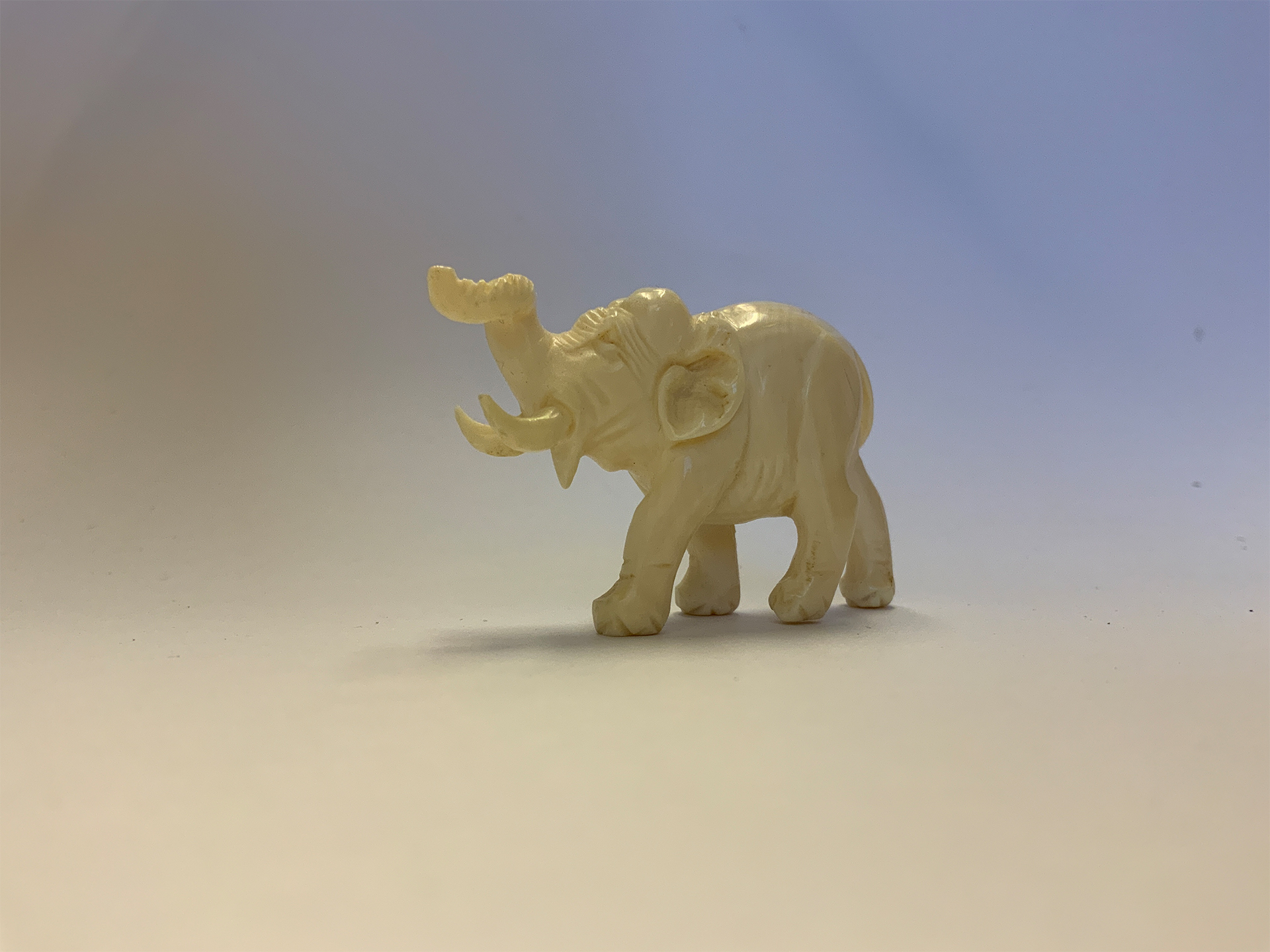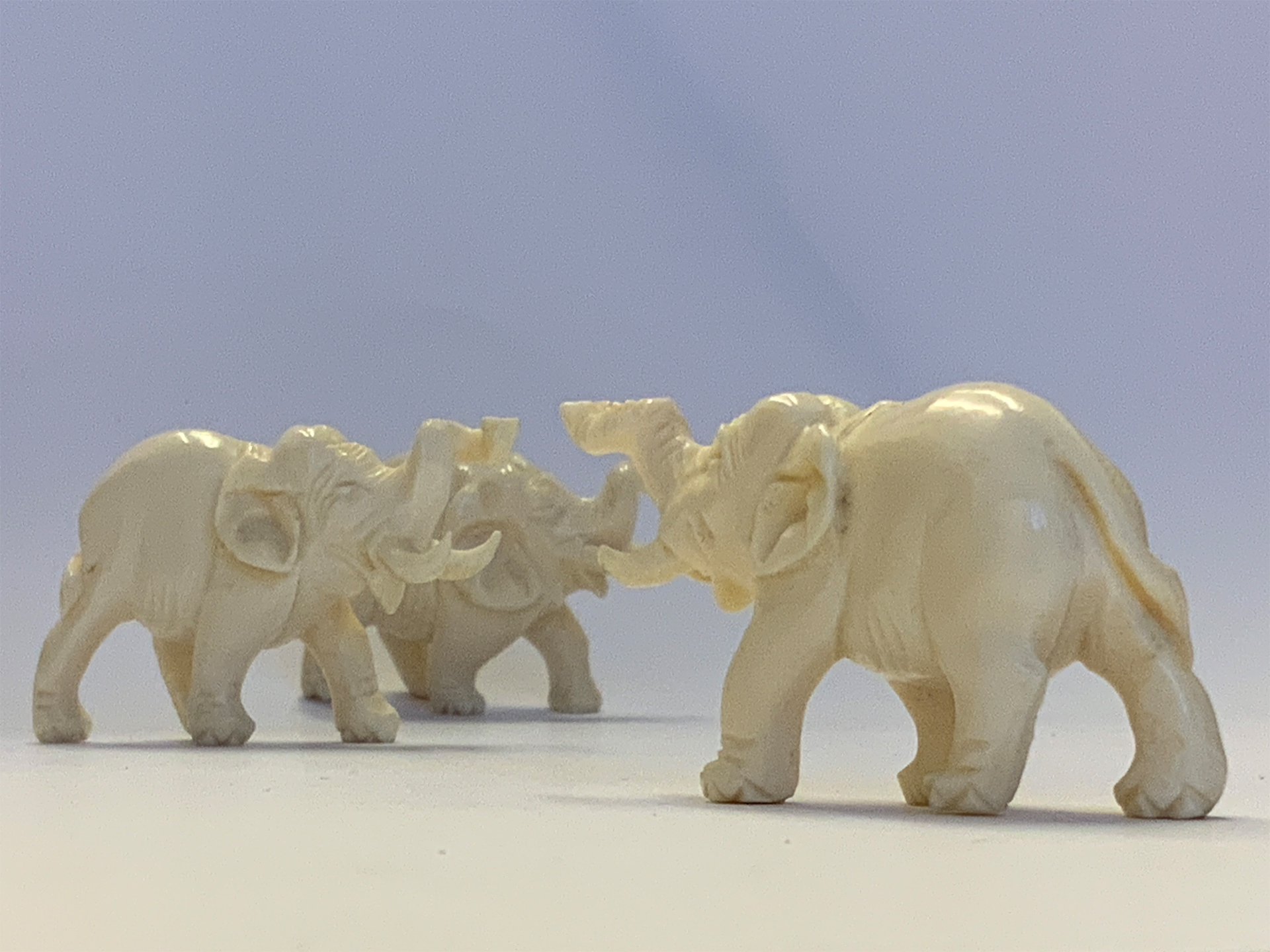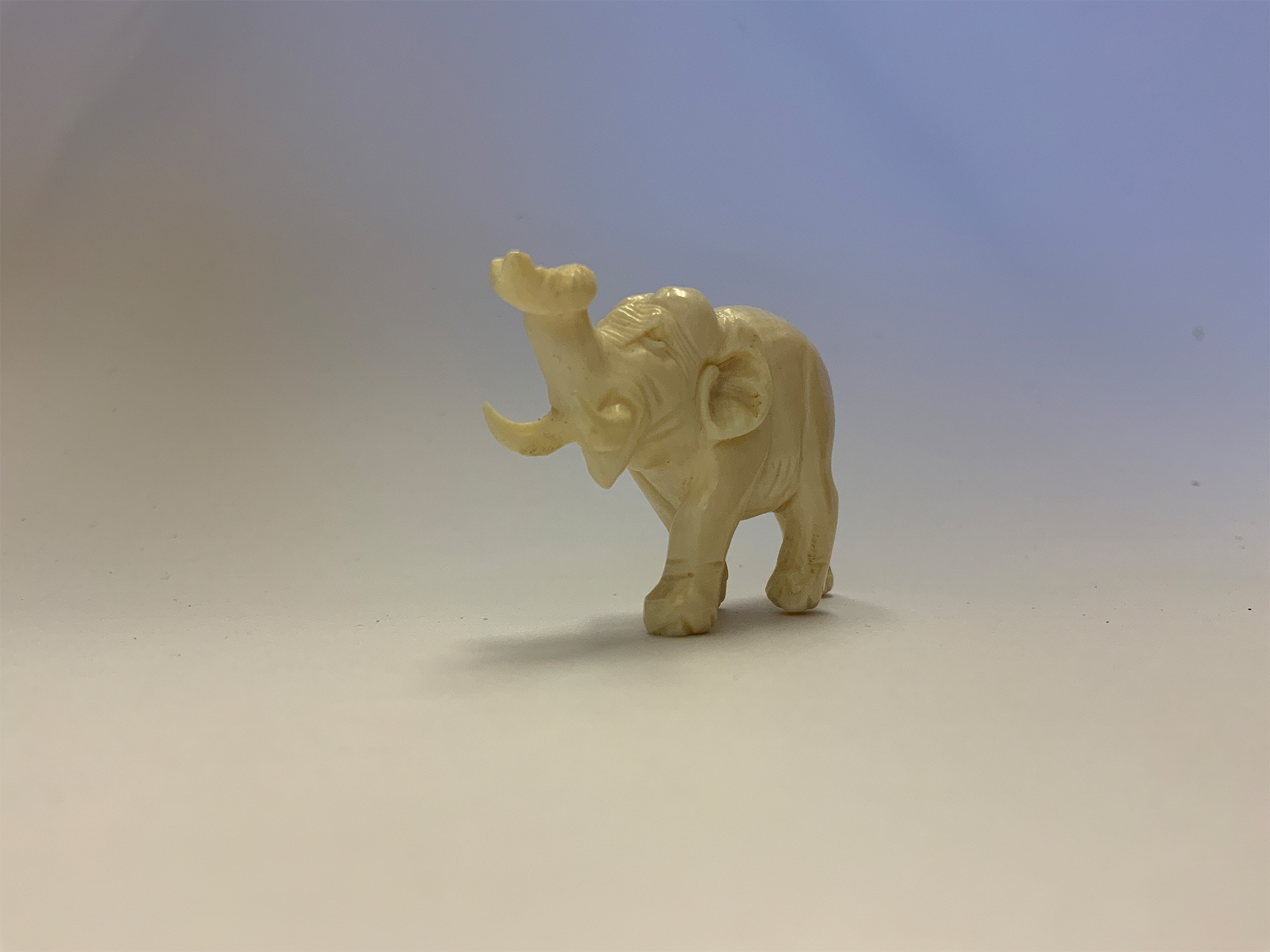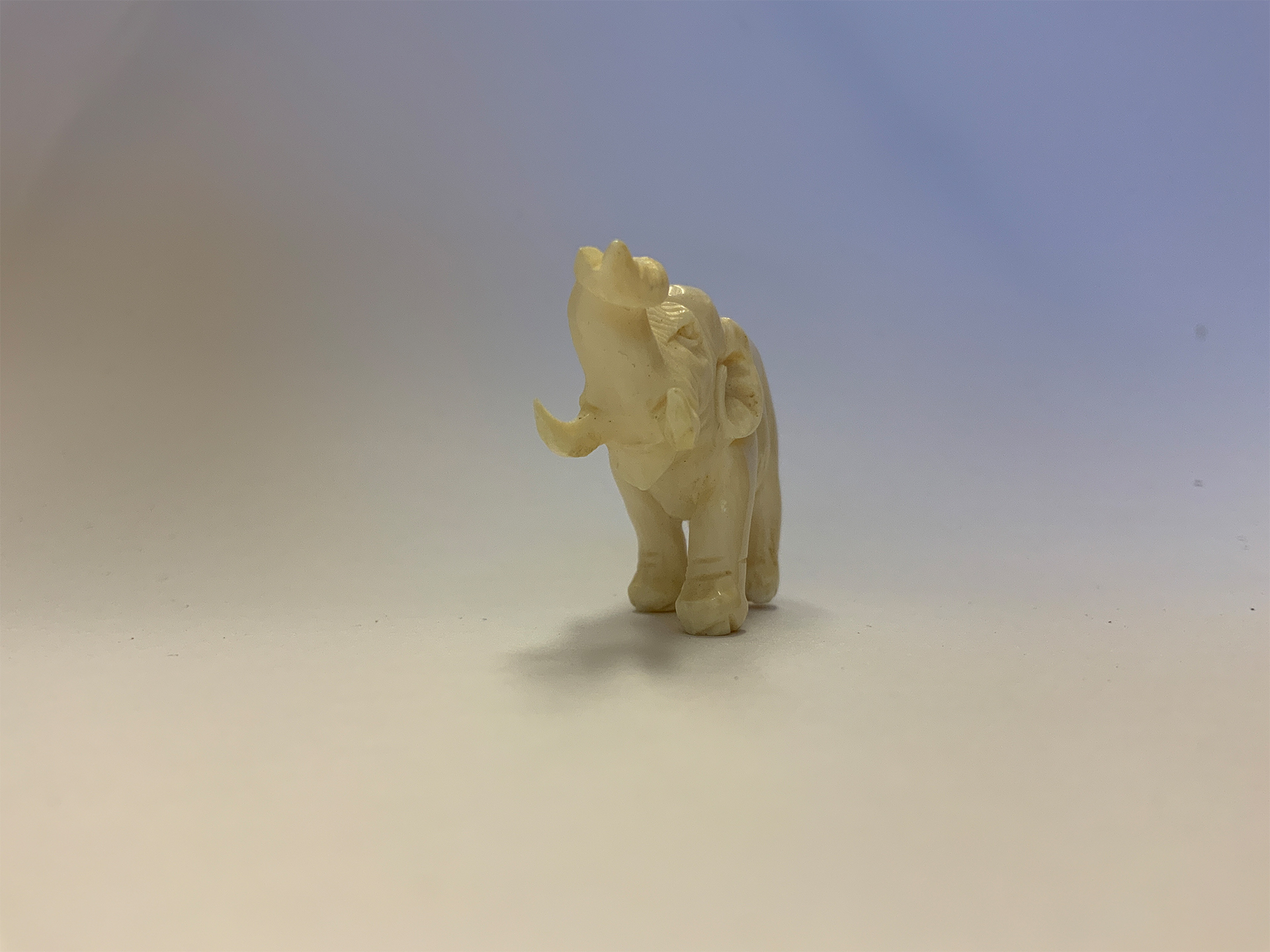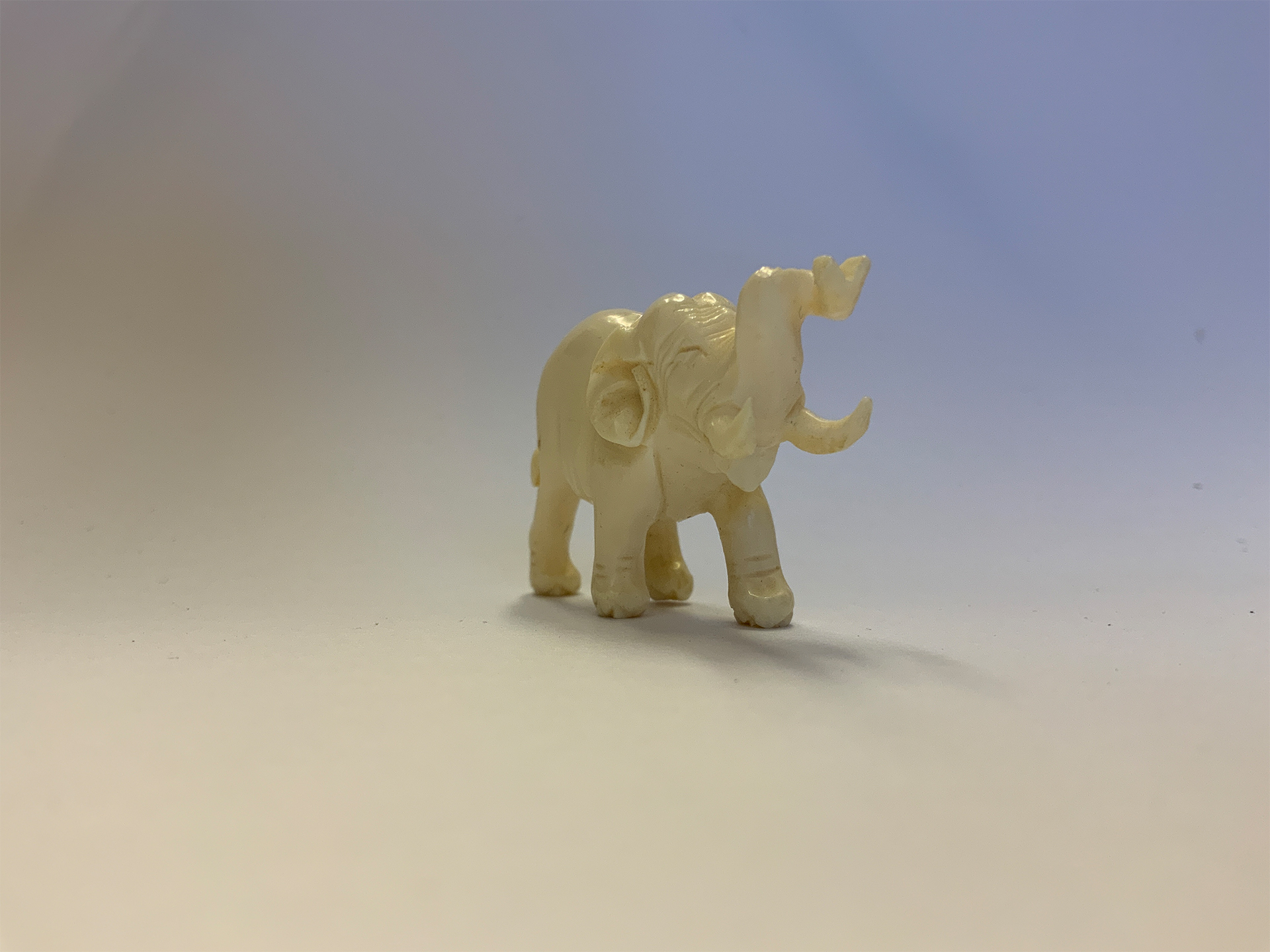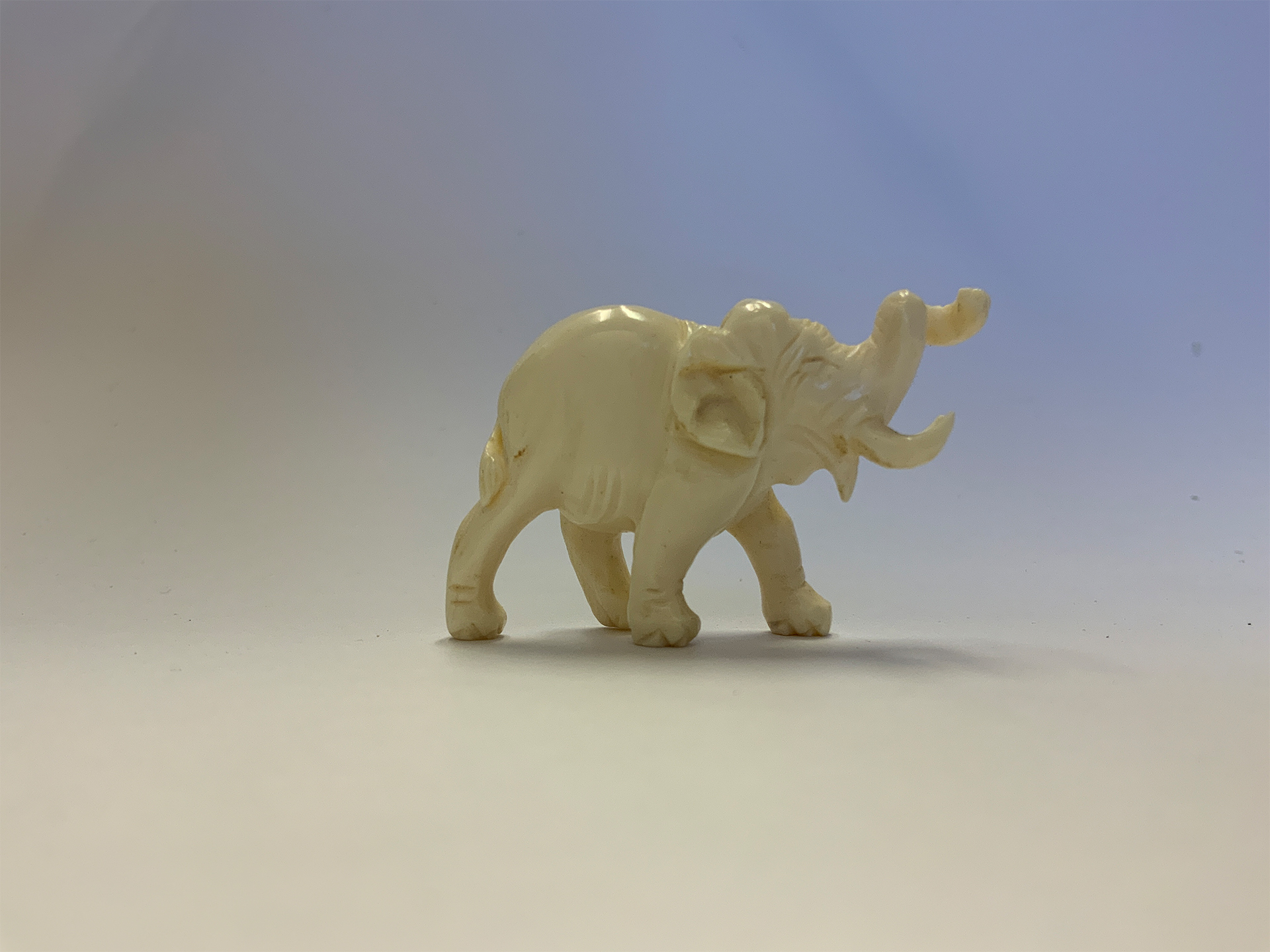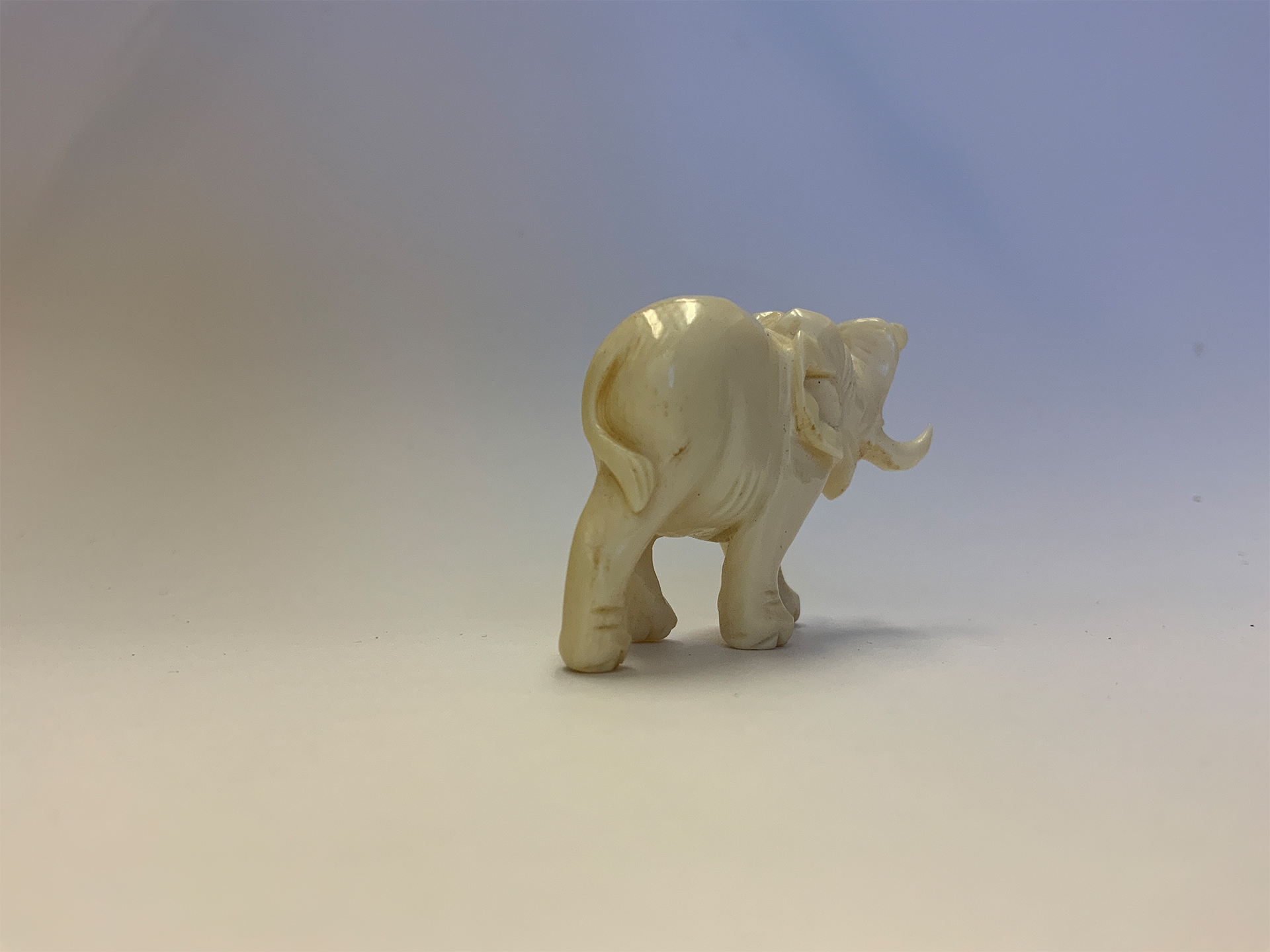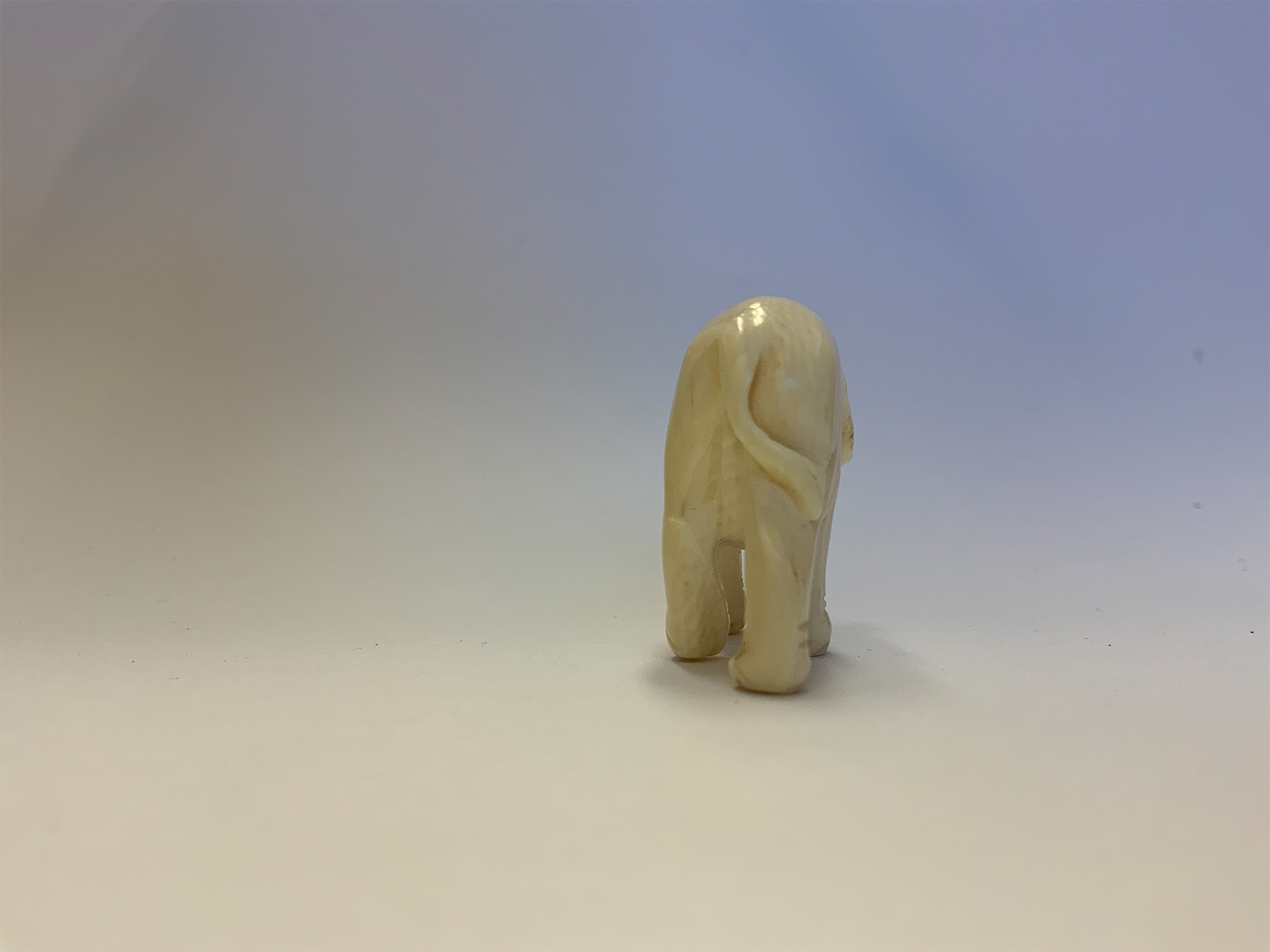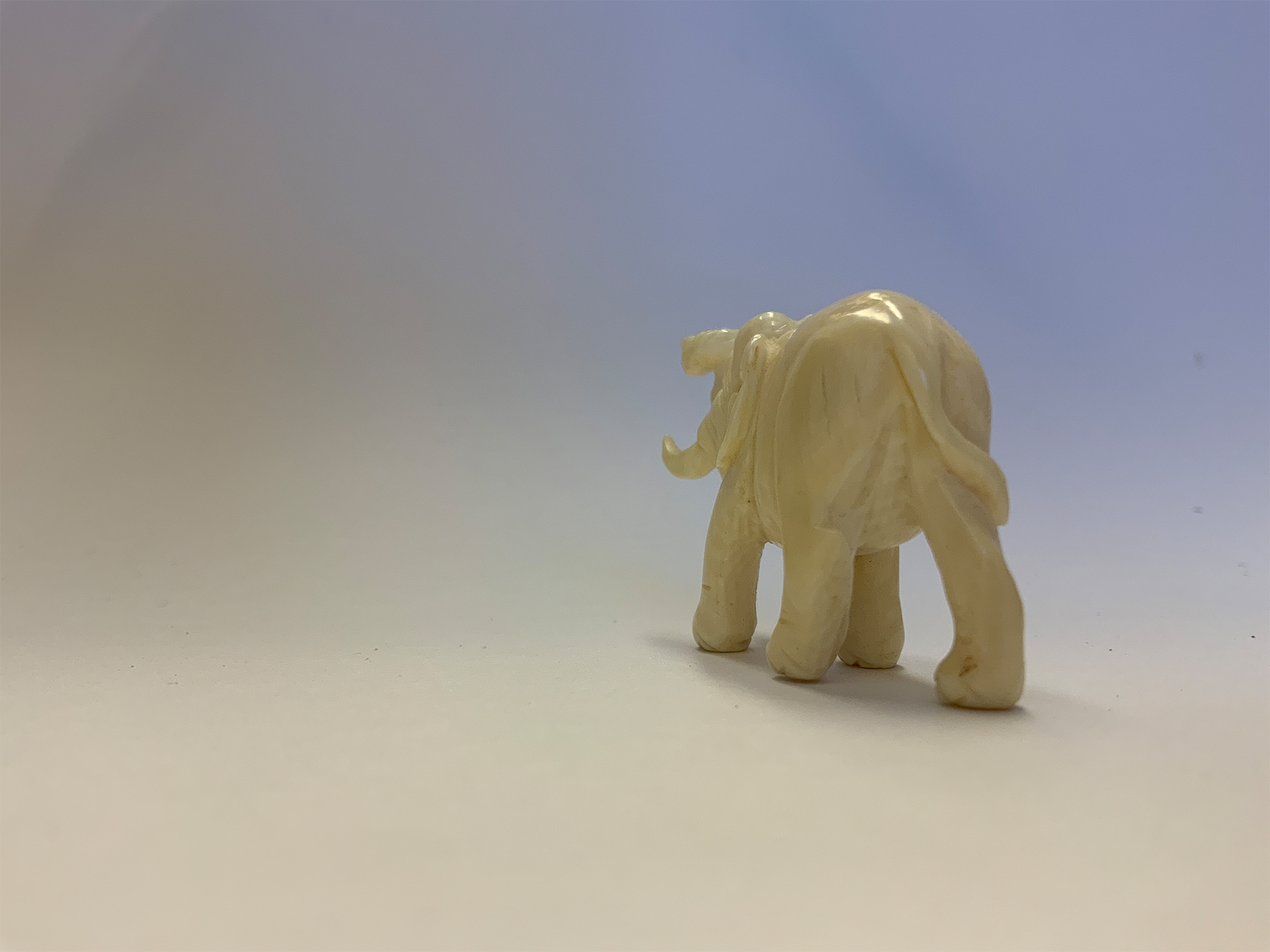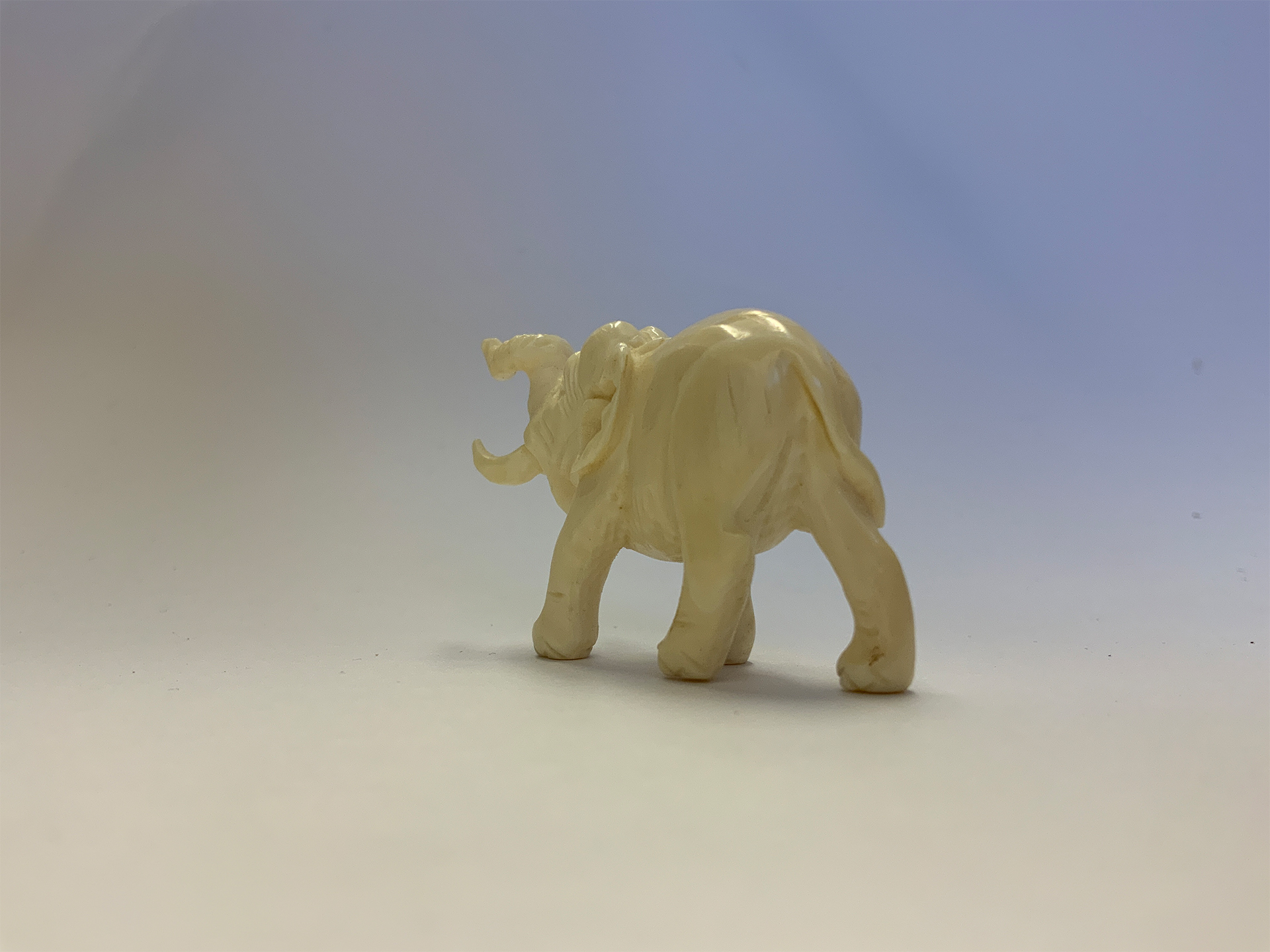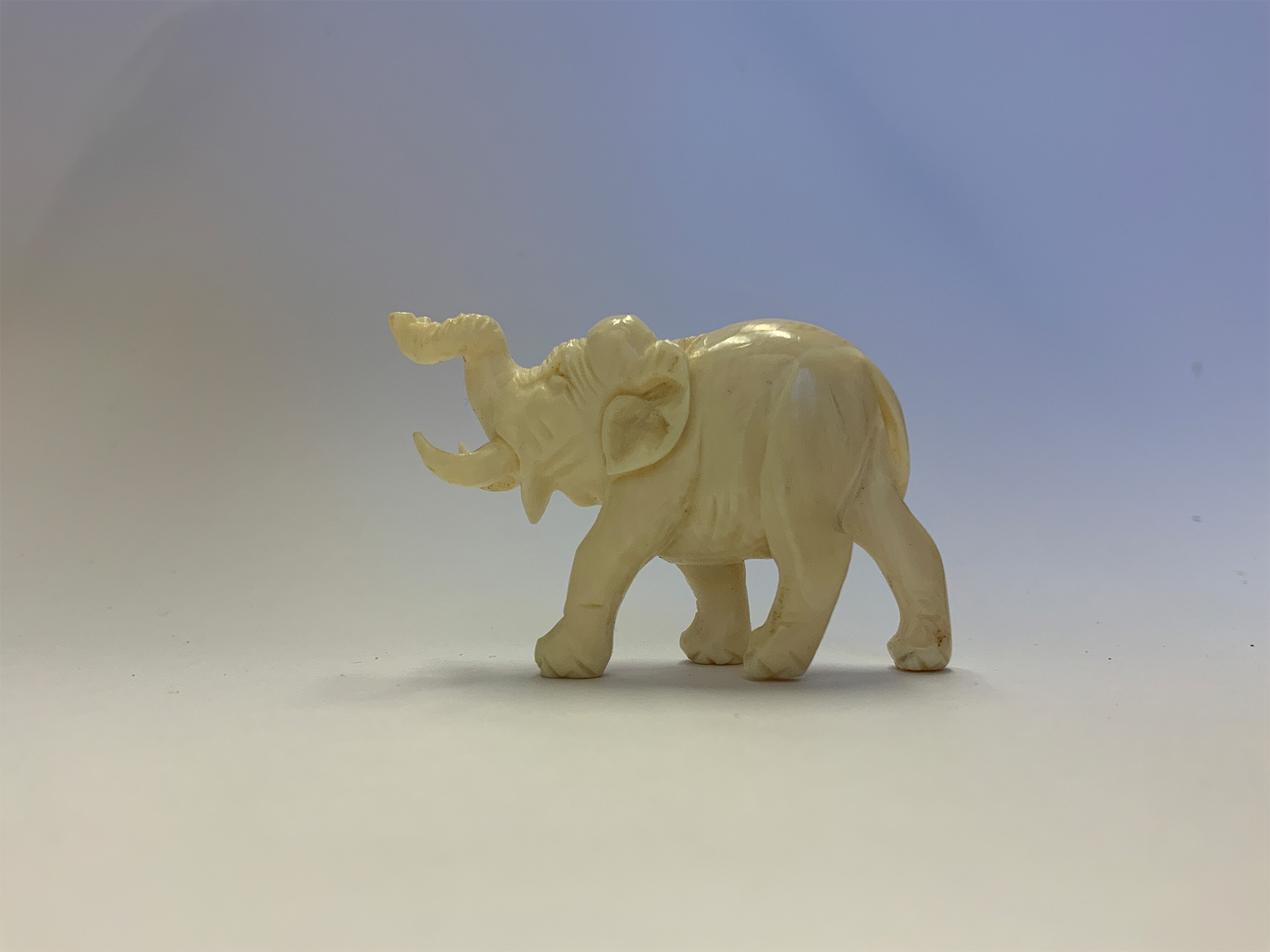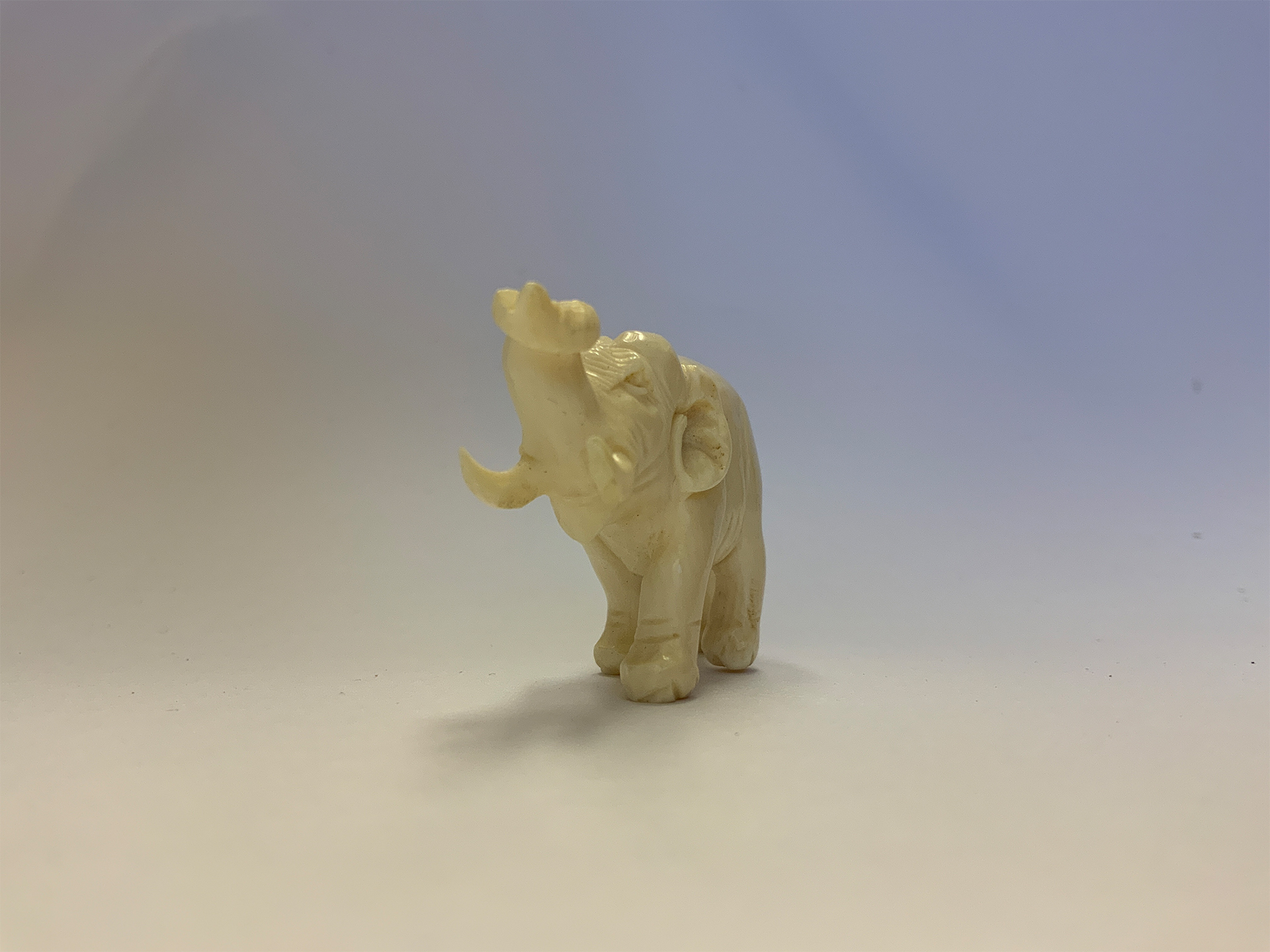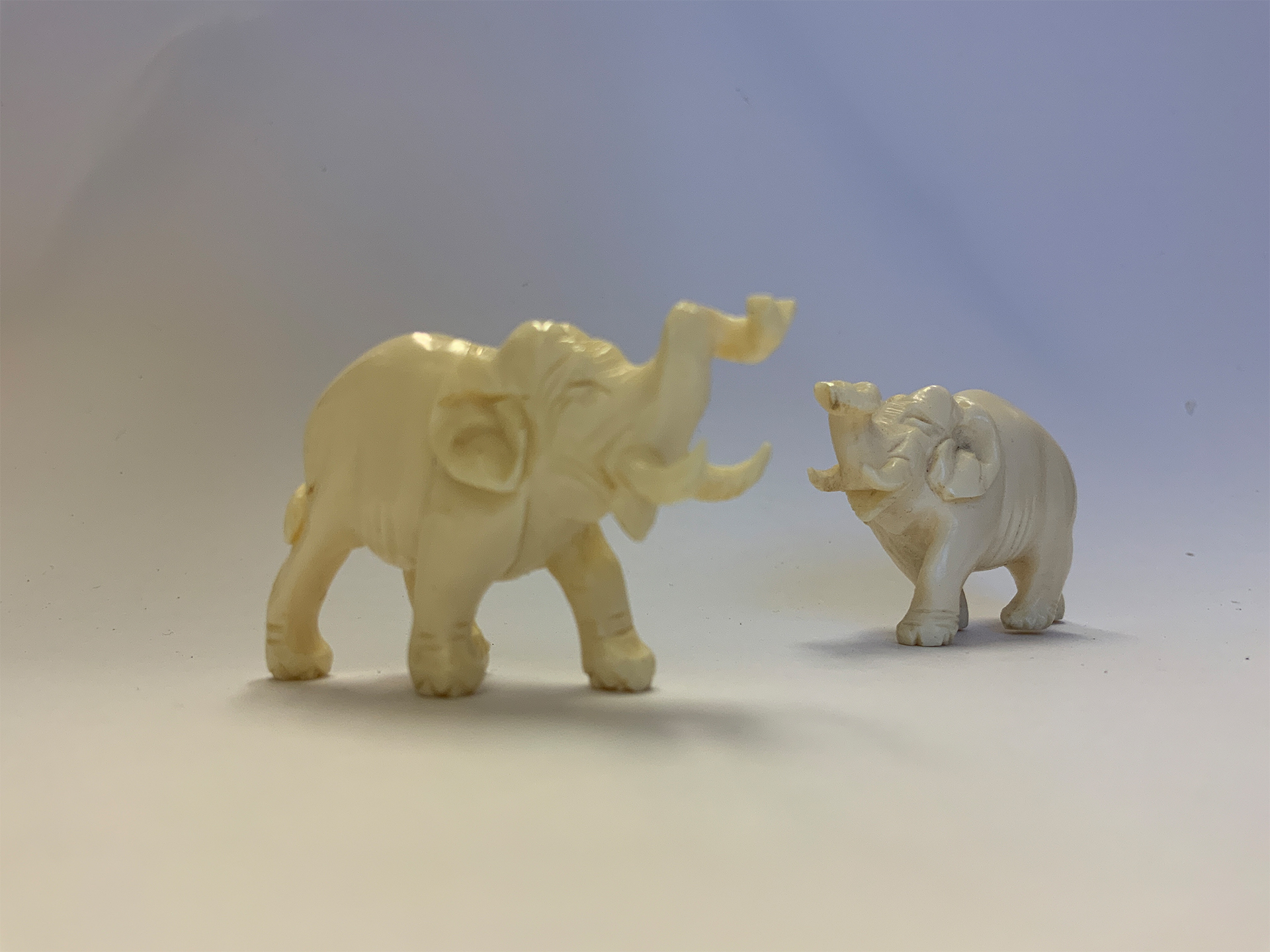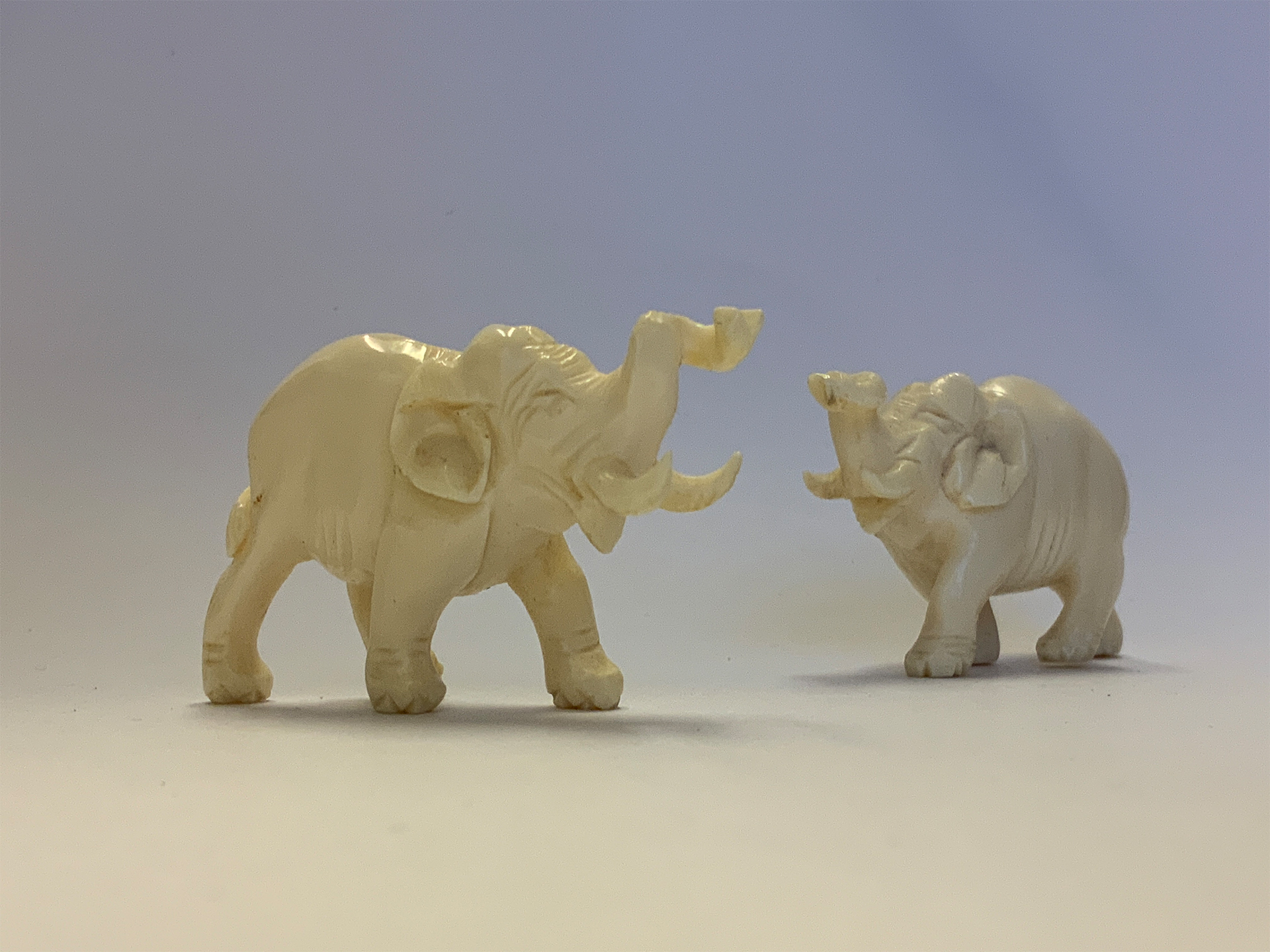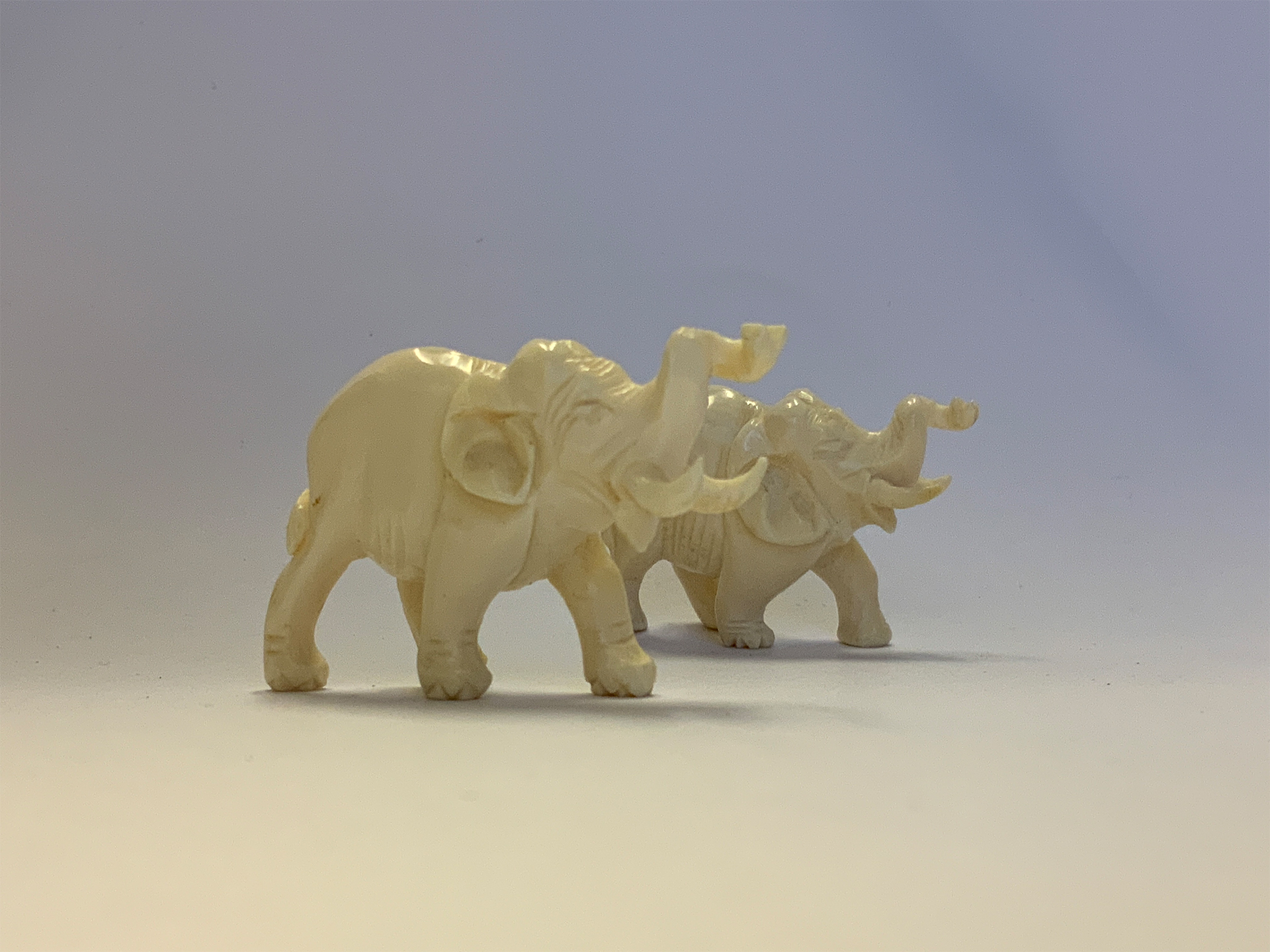Rule 4 | Work with open lines
Lesson 2 | Elephants from all sides
40 min.
Step 1 | Google elephants
Go to the wold wide web and study photos from elephants. Search for African and Asian elephants. What are the differences? What about size?
African and Asian elephants have distinct physical differences that reflect their unique adaptations:
Size | African elephants are generally larger, with adult males reaching up to 4 meters (13 feet) at the shoulder and weighing between 4,500 to 6,800 kg (10,000–15,000 lbs). In contrast, Asian elephants are slightly smaller, typically around 2.7–3.5 meters (9–11 feet) tall, and weigh between 3,000 to 5,000 kg (6,600–11,000 lbs).
Ears:| African elephants have significantly larger, fan-shaped ears that help dissipate heat, while Asian elephants have smaller, rounded ears.
Head Shape: African elephants have a more pronounced, rounded head shape with a single dome, whereas Asian elephants have a twin-domed head, with an indent in the middle.
Trunks | The trunk of an African elephant has two finger-like extensions at the tip, aiding in gripping and manipulating objects. Asian elephants, however, have only one extension at the tip of their trunks.
Tusks | Both male and female African elephants have tusks, though tusks are generally more prominent in males. In Asian elephants, only some males have tusks, while females typically lack them or have very small tusks (known as „tushes“).
Skin Texture: | African elephants often have more wrinkled skin, which can help retain moisture, while Asian elephants tend to have slightly smoother skin.
These differences not only mark their appearance but also reflect their adaptation to the varying environments they inhabit across Africa and Asia.
Step 2 | Draw elephants
Select some positions from the gallery and draw the elephant mostly out of your mind? Use the images for positions only.
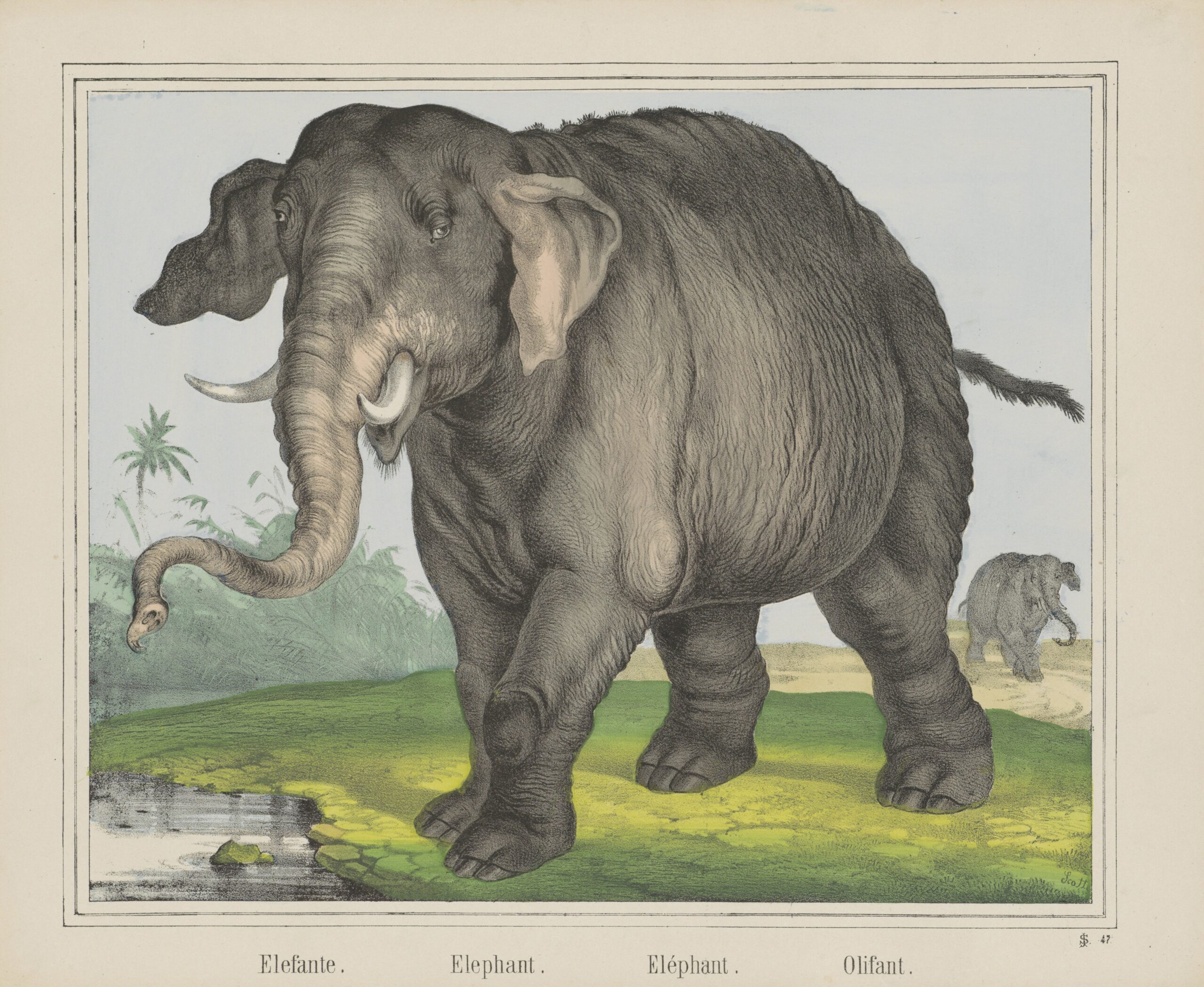
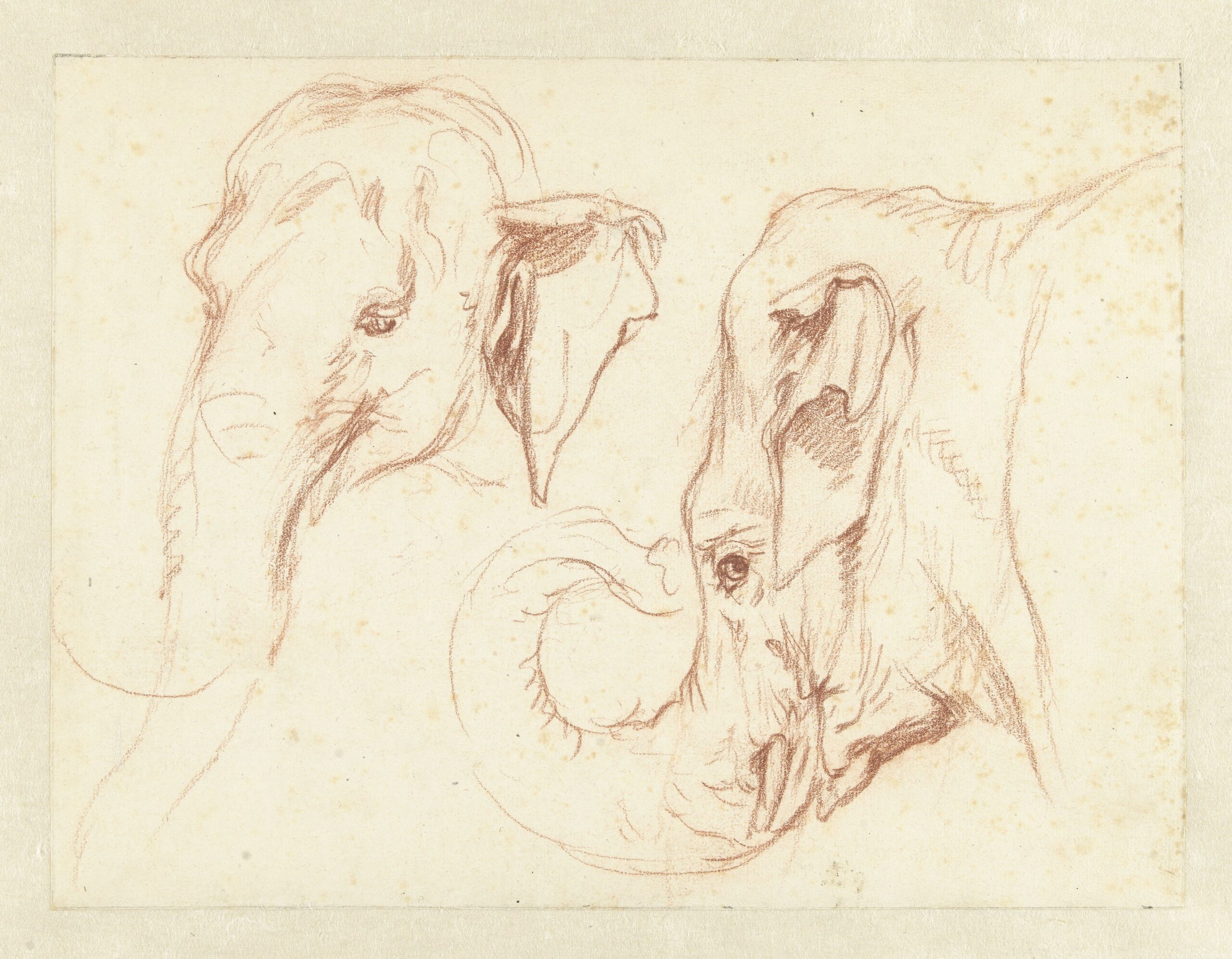
Top: Elephant, print from J. Scotti, 1829 – 1880
Buttom: Two Sketches of the Head of an Elephant, Petrus Camper, c. 1786
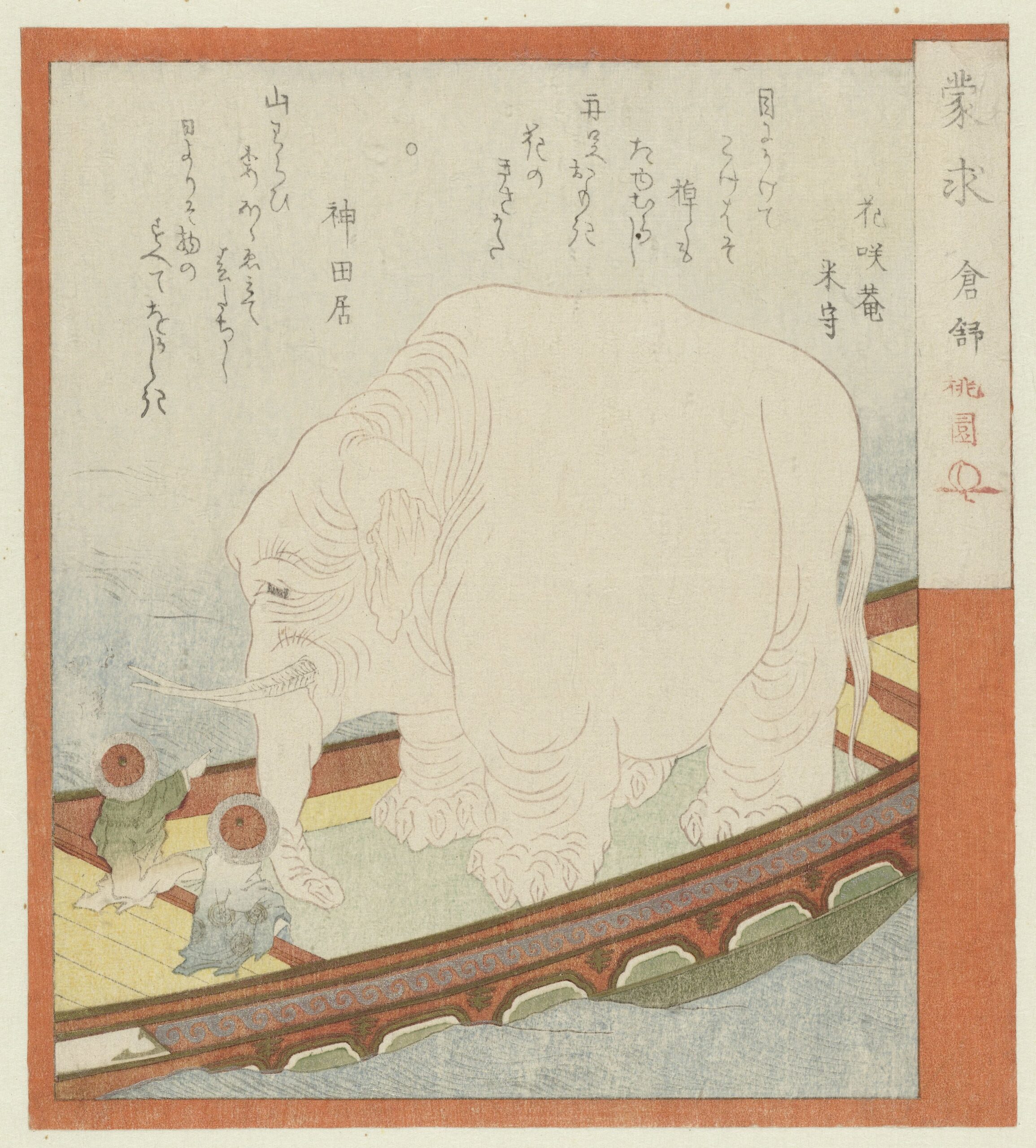
Sôjô with an Elephant, Totoya Hokkei, c. 1821
ASSIGNMENT | Sketch your own elephants out of your image feeded brain.
To upload, use the buttons further down.
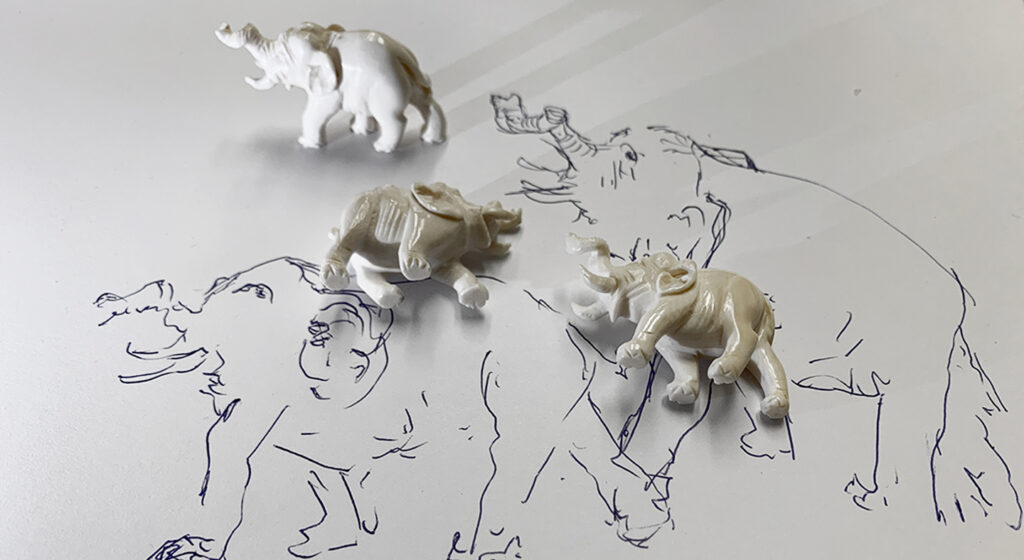
Free trial
Try one lesson and decide if you want to do the whole course. Click for the free trial ...
Certificate
If you want to achieve a certificate that proves your sketching skills, get all your information here ...

